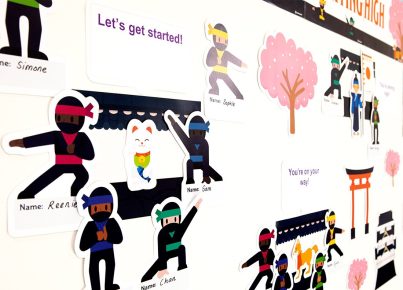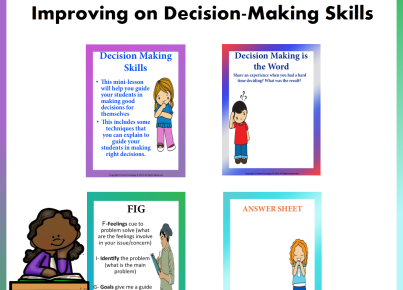Introduction:
Teaching is an art that evolves with time; educators must continually improve their skills to cater and adapt to a diverse group of learners. The key to effective teaching lies in the adoption of various strategies to optimize learning. This article will explore some proven learning strategies that enhance teaching expertise and maximize students’ intellectual development.
1. Active Learning:
Encourage students’ participation by assigning tasks and activities that stimulate critical thinking and problem-solving abilities. Active learning techniques include brainstorming, group discussions, case studies, and project-based assignments. These opportunities foster student engagement while allowing educators to gauge their comprehension levels.
2. Differentiated Instruction:
Every student has a unique learning style. Understanding and catering to these individual needs can significantly improve learning outcomes. Differentiated instruction involves altering the pace of teaching, presenting the content differently, or offering varied assessment methods to accommodate various student preferences.
3. Understanding Prior Knowledge:
A fundamental aspect of effective teaching lies in understanding students’ prior knowledge. Start new lessons by connecting them with what students already know; assess their preconceived notions and bridge the gaps in understanding.
4. Collaboration Between Students:
Promote cooperative learning through the formation of study groups, projects, or discussions that require teamwork among students. This collaborative setting enhances communication skills, promotes critical thinking, and allows learners to negotiate their understanding with peers.
5. Incorporate Technology-Assisted Teaching:
Integrating technology into the classroom opens up opportunities for a dynamic and personalized learning experience. Utilize digital platforms like interactive whiteboards, educational software or online tools that can facilitate both remote and in-person classes, making education accessible to all learners.
6. Assessment and Feedback Strategies:
Incorporating formative assessment techniques like quizzes, self-assessment, peer evaluation, or teacher feedback helps identify areas where learners may need improvement or reinforcement. Supportive guidance from instructors can positively influence a student’s motivation and engagement levels.
7. Encourage Reflective Learning:
Promote self-reflection by asking students to analyze their learning process, identify strengths and weaknesses, and set personal improvement goals. This metacognitive approach fosters independent thinking, self-awareness, and growth-driven mindset.
Conclusion:
Implementing these learning strategies can dramatically enhance an educator’s teaching expertise by catering to the diverse needs of learners in a comprehensive manner. Ensure that your teaching environment is conducive to learning by offering flexibility and being receptive to feedback from both students and educators. In the constantly evolving education landscape, adapting to innovative strategies can result in significant gains for students’ overall development.





